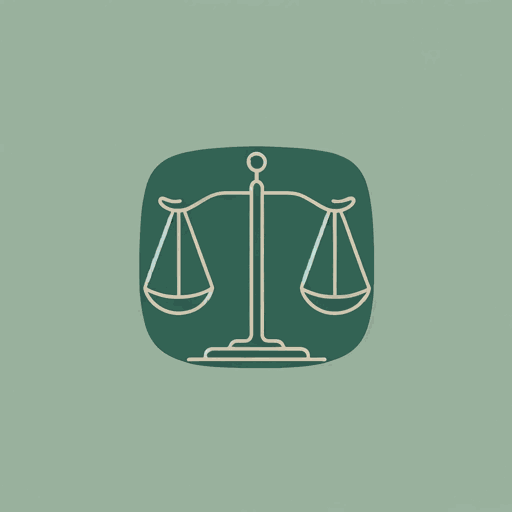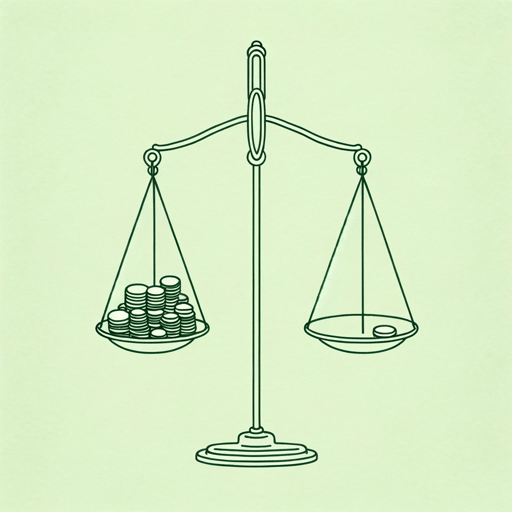47 pages • 1 hour read
Michael J. SandelJustice
Nonfiction | Reference/Text Book | Adult | Published in 2005A modern alternative to SparkNotes and CliffsNotes, SuperSummary offers high-quality Study Guides with detailed chapter summaries and analysis of major themes, characters, and more.
Chapter 1Chapter Summaries & Analyses
Chapter 1 Summary: “Doing the Right Thing”
Sandel opens with stories of price gouging in the wake of a 2004 hurricane. Florida residents were outraged that anyone would “try to capitalize on other people’s hardship and misery,” but economists pointed out that prices are determined by supply and demand in a market society (2-3). Higher prices “simply reflect the value that buyers and sellers choose to place on the things they exchange,” according to free-market economists like Thomas Sowell. Others argued that an emergency is not a “normal free market situation” (5). Rather, in emergencies, “buyers under duress have no freedom” (5).
Sandel characterizes this debate as one that “raises hard questions of morality and law” (5). To answer these questions, we must consider what “justice” means (5).
Sandel presents three approaches to justice: theories based on (1) “maximizing welfare,” (2) “respecting freedom,” and (3) “promoting virtue” (5-6, 18). This book discusses the strengths and weaknesses of each of these theories. Maximizing welfare is explored by examining utilitarianism. Respecting freedom includes two competing strands: a laissez-faire strand, and a fairness strand of egalitarians. Virtue theories are represented by cultural conservatives, among others.
In the price-gouging debate, both sides rely on theories based on welfare and freedom. The free-market side argues that price-gouging maximizes welfare by providing incentives to produce goods that are in demand.
Related Titles
By Michael J. Sandel



